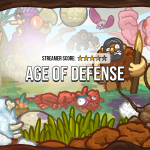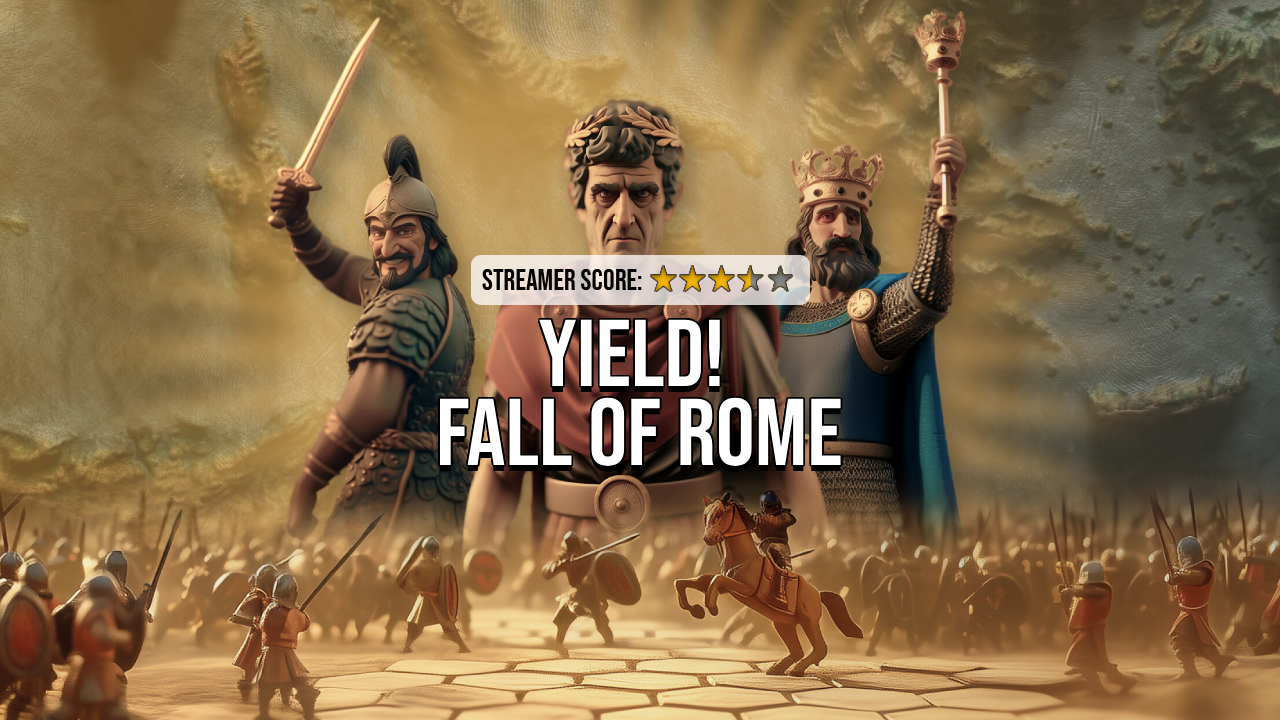
Yield! Fall of Rome: A Fast-Paced Strategy Game with a Tabletop Twist
Yield! Fall of Rome is the latest in a series of fast-paced, board game-inspired strategy games intended to be played in short sessions of about an hour. In this case, the game puts the player in charge of one of the various tribes, kingdoms and factions on the periphery of the Western Roman Empire circa the 5th century. The goal is to claim as much power from the dying empire as possible before Rome’s other rivals beat you to it.
Dynamic Campaigns with Persistent Diplomacy
Each of the game’s eight groups has a campaign divided into a series of short missions, each lasting for fifty rounds which will take anywhere from thirty minutes to two hours to finish. There is some sense of continuity across each campaign, as the game keeps track of the player’s relations with the other groups.
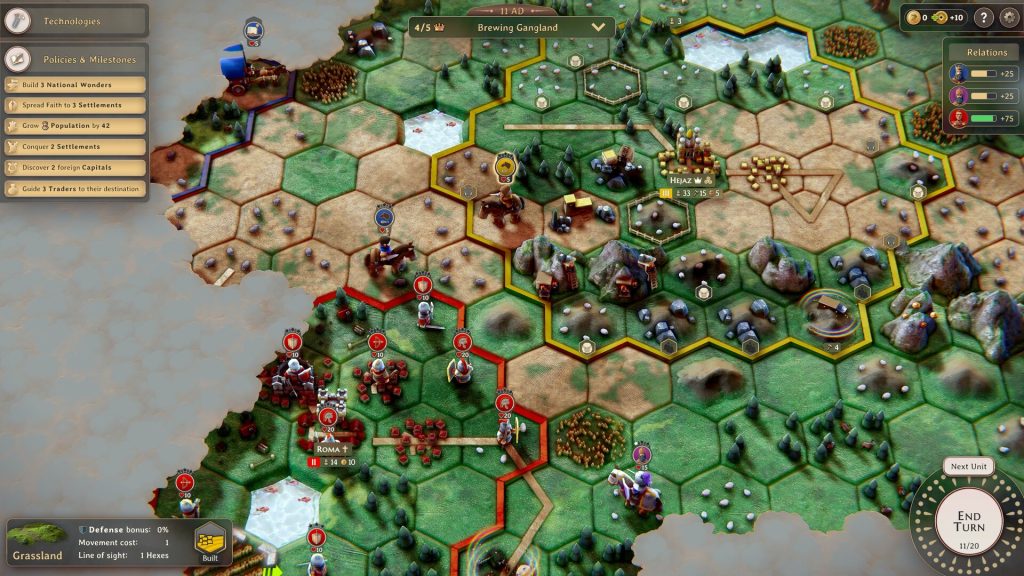
Adapting to Yield! Fall of Rome’s Unique Mechanics
Yield! Fall of Rome itself bears some superficial similarities to the recent Civilization games, but the mechanics have been significantly simplified to lend themselves to the tabletop feel. All actions are instant – the player accrues resources, then uses them to upgrade tiles, construct buildings, recruit units and research technologies without any delay.
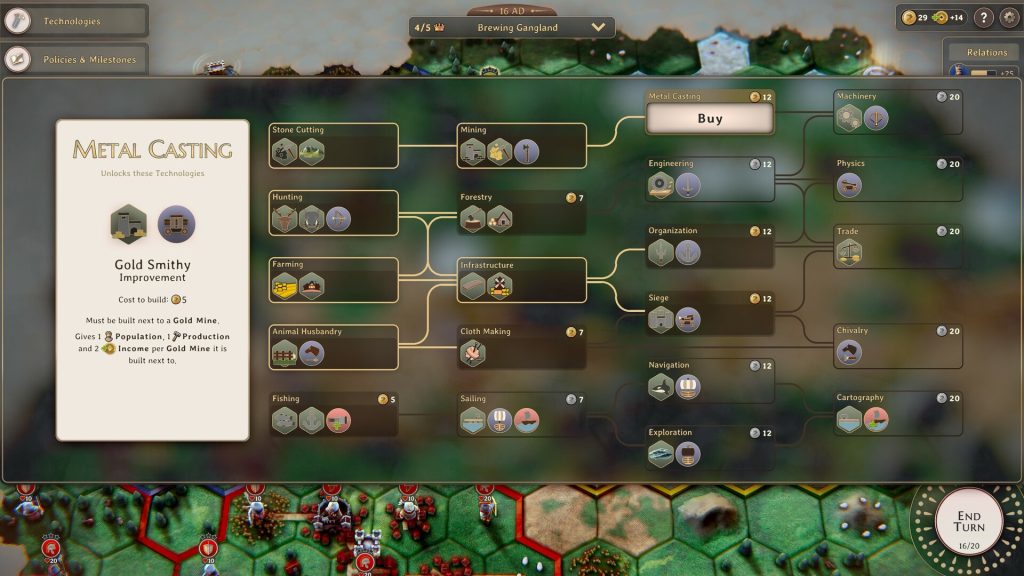
This is the most profound difference between Yield! Fall of Rome and other strategy games and is likely to be the part that requires the most adjustment. For example, aggressively improving the terrain – generally a winning early-game strategy in other titles – isn’t necessarily the best play here.

Multiple Paths to Power in Yield! Fall of Rome
Each map has a specific objective which, if met, will reward an immediate victory to the player. If you can’t achieve that objective, then the win is awarded to whichever faction has the highest score, which is based on various factors including population, army size and improvements. Ideally you’ll achieve a fast victory, but objectives are often placed in such a way that the player can’t reach them easily and will end up in conflict with their neighbors.
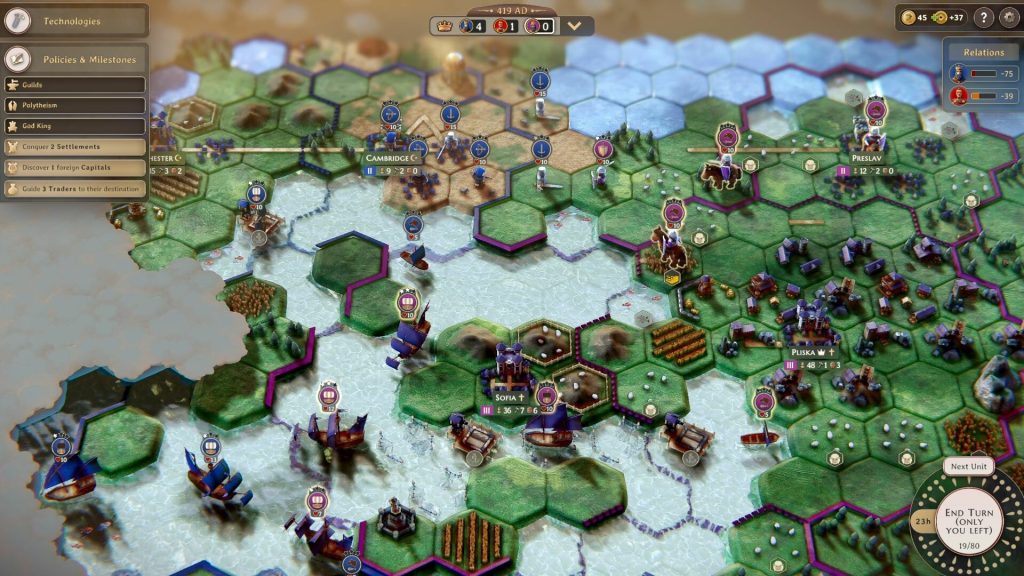
Despite playing as groups that the Romans saw as barbarians, conquest isn’t strictly necessary. In the short run, it’s fairly easy to maintain good relations with other factions, including Rome – a large, neutral faction that starts each map with multiple cities but doesn’t expand after that. The player has the choice of dealing with Rome through invasion or through assimilation and trade, though a war is pretty much a foregone conclusion.
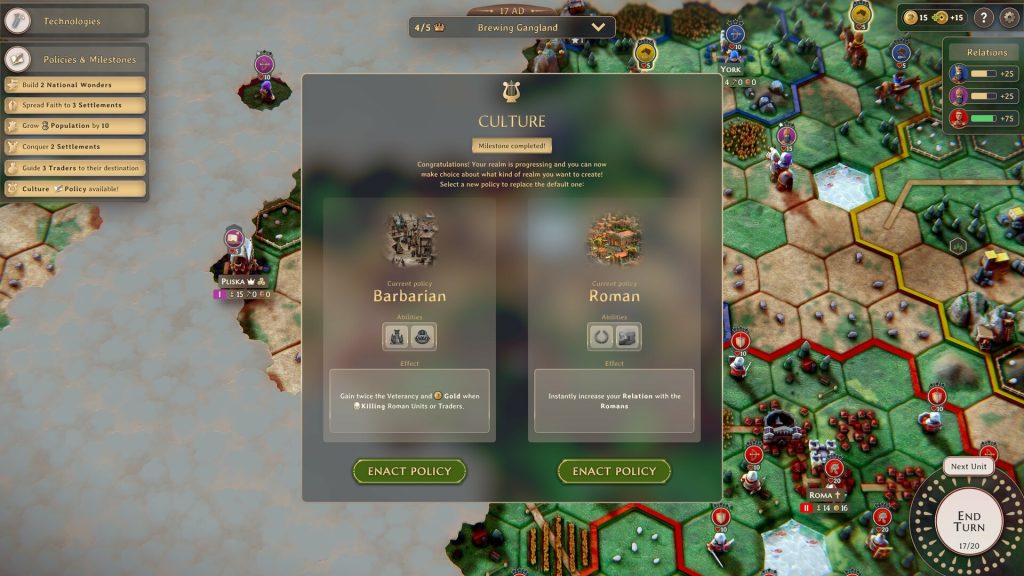
Easy to Learn, Harder to Navigate
The mechanics for Yield! Fall of Rome are all straightforward and won’t take too long to understand, but the interface is more of a weak spot. The in-game tutorial explains the basics, but some unit actions aren’t all that intuitive and switching selection between units and tiles is a little clunky. These aren’t game breaking problems, but they are things that the player will need to get used to.
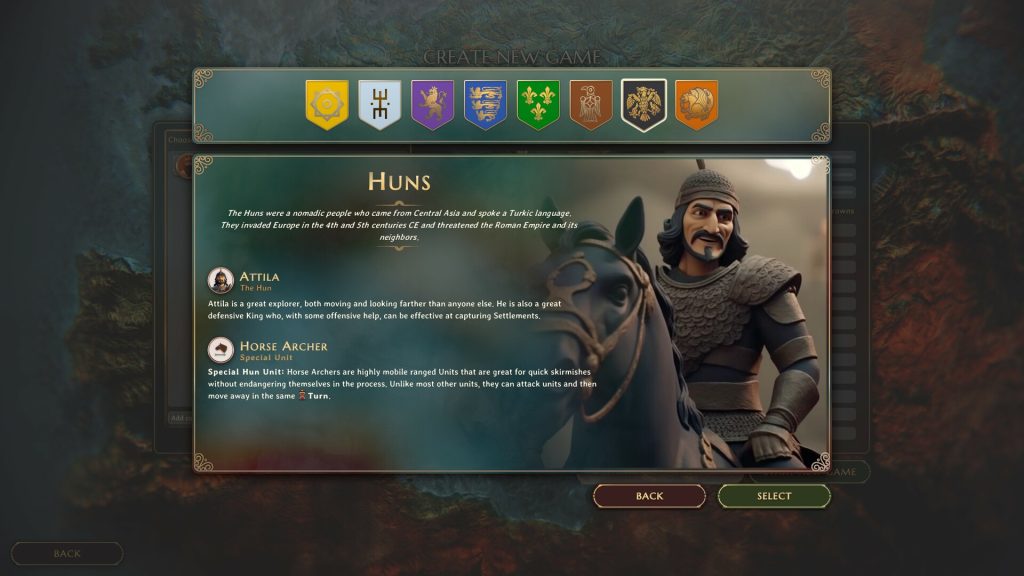
STREAMER SCORE
Yield! Fall of Rome (PC, Steam Deck ) - 2024
Overall
-
Performance
-
Streamability
-
Audience Engagement
-
Replayability
User Review
( votes)Summary
Yield! Fall of Rome is a fast strategy game that has a few interesting tweaks, but ultimately doesn’t rock the boat or stand out in any major way.
ANDREW JOHNSTON is a teacher, writer and journalist based out of mainland Asia. He is a regular contributor to Superjump Magazine, where he specializes in independent video games and the gaming culture of East Asia. He has published short fiction in 30 markets and anthologies including Daily Science Fiction, Nature: Futures and the Laughing at Shadows Anthology.



